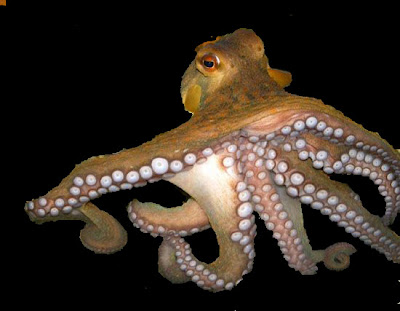
The last in a short series on the symbolism of birds, in particular, in comparative religion and alchemy.
Because it devours corpses, the vulture has often been given a bad press; however, in ancient Egypt it was identified with the goddess Isis and represented the cycle of death and rebirth. In the Grecian-Roman tradition it was seen as a bird of augury, and like the swan and raven, it was considered sacred to the god Apollo because it provided omens.
In his contemplation of religious rites for the dead, Sir Thomas Browne noted in his Discourse, Urn-Burial (1658) -
And the Persees now in India, which expose their bodies unto Vultures, and endure not so much as feretra or Biers of Wood.........
Browne was a keen scholar of comparative religion. His mention of the prophet Zoroaster and the Persee's, migratory adherents of the Zoroastrian religion, is in fact the earliest recorded in English literature.
The vulture is encountered once more in Browne's writings, this time in his surreal catalogue of books, pictures and objects entitled Museum Clausum,
A noble Quandros or Stone taken out of a Vulture's Head.
The 'noble stone' visualized by Browne may well originate from Biblical symbolism in the form of the wisdom of the book of Job. Written in the form of poetry, the book of Job is one of the oldest and profoundest spiritual texts to deal with the problem of Man's suffering. It was well-known to pious alchemists. The Bible, however much Christian Fundamentalists refuse to acknowledge it, in their denial of the discoveries of comparative religion, (see Ostrich), contains both astrological and alchemical symbolism, including imagery of refinement and dross; whilst the 'testing' of human souls is likened to the testing of metals. Chapter 28 of Job contains an inventory of various precious metals and stones, including silver, gold, topaz, their material value to contrasted to spiritual wisdom. The Book of Job also includes the line -
There is a path which no fowl knoweth, and which the vulture's eye hath not seen. (v.7 KJV)
However, the puzzle of what is exactly a 'noble stone' or Quandros, is best solved by consulting the Martin Ruland's Dictionary of Alchemy, (both father and son were named Martin Ruland). The Rulands were theologically inclined Paracelsian physicians who served in the Court of Emperor Rudolph II of Prague. In their Dictionary of Alchemy (1612), a book which Browne owned, (Sales Catalogue page 22 no.119) a Quandros is defined as-
a Stone or Jewel which is found in the brain and head of the Vulture, and is said to be of a bright white colour. It fills the breasts with milk, and is said to be a safeguard against dangerous accidents.
Ruland's dictionary definition of a 'noble Stone' is in all probability the source of Browne's Quandros. Such an object would be an extremely useful talisman!




.jpg)






























